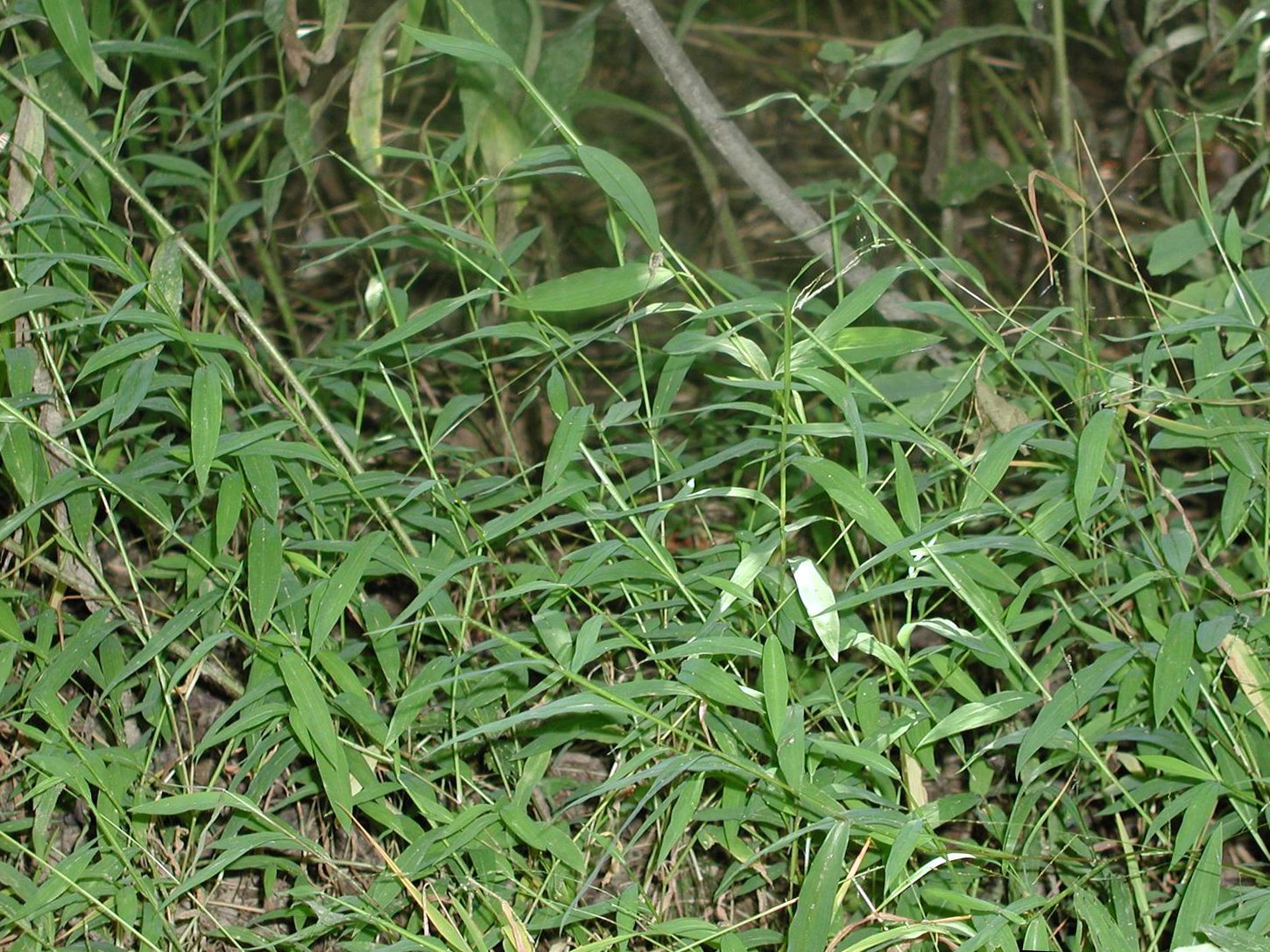Photo: Multiflora Rose, Wikimedia Commons
Evelyn Novins
Many of us have spent time in our yards and area parks battling invasive plants. We dig, we pull, we plant native species to take over the cleared areas, and we continue to follow up with more vigilance to attack regrowth. This is all excellent, but we need to add a few other measures in our continuing efforts to build and sustain healthy habitat for native wildlife. STOP HITCHHIKERS!
First, a review of what invasives are and why we are finding them almost everywhere: They are plants that are not native to our area, that is, they were not present before European settlement. Second, they have a detrimental effect on the environment, economy or health—that is, they cause harm. They have common features: they reproduce quickly and aggressively, taking over the environment of the native species. Having no natural controls such as herbivores, parasites, or pathogens, they quickly harm or out-compete the natives. Their vigorous growth and the ability to change the soil to favor their spread add to their success. They are either no use or less useful to native wildlife that evolved with native plants. Permanent eradication of these invasives is unrealistic, but we can reduce and eliminate them in some areas.
Japanese Stiltgrass, Wikimedia Commons
So, what are hitchhikers and why are they a problem? Plants spread through their seeds and invasives have strong seed production. For example, in late summer Japanese stiltgrass sends up a flower spike that can be self-fertilized, producing between 100 and 1,000 seeds. As the seeds mature, the plant dies. The plant’s tiny, sticky seeds can be dispersed by the wind, by splashes of rain, and by animals, including deer, our pets and people! The seeds attach as easily to your dog’s coat or your shoes and clothing as they do to the hooves of deer. Think about how many times you have returned from an invasive plant pulling project and found seeds and burrs sticking to your pantlegs. Our expanded use of the outdoors during Covid has accelerated the spread of invasive plants. We take the wily and adaptable seeds out of one environment to others.
To prevent adding invasive plants to our parks and yards we can take certain simple steps:
Learn to recognize local invasives.
Do not buy them or add them to our gardens.
Rid our properties of invasives that are there.
AND, avoid moving seeds or plant parts into new areas.
To avoid transporting invasives to and from our local parks, we need to clean our shoes, clothes, packs and pets before and after exploring outdoors. By staying on designated trails we are less likely to gather seeds on our clothing. In addition, gaiters as well as clothing made of new, smoother fabrics may inhibit transmission, but using them doesn’t mean we stop being aware and watchful. Many parks now provide boot brushing stations, and we should be sure to use them where they are available. More information on preventing hitchhikers is available from PlayCleanGo, an outreach campaign powered by the North American Invasive Species Management Association (NAISMA).
Multiflora Rose, Wikimedia Commons
To educate yourself about invasives, consult the Invasive Plant Atlas of the United States, a useful reference for identifying invaders anywhere you plan to travel. A Virginia Department of Forestry pamphlet identifies some of the worst offenders in Virginia such as Tree-of Heaven (ailanthus altissima), Japanese Stiltgrass (microsegium vimineum), and Multiflora Rose (Rosa multiflora), but the Virginia Department of Conservation & Recreation provides a complete list of Virginia’s plant invaders, classified by invasiveness: high, medium, and low. It also identifies some early detection species, not yet established in Virginia.
Let’s all do our part to keep invasives out of our yards and our beloved parklands.


